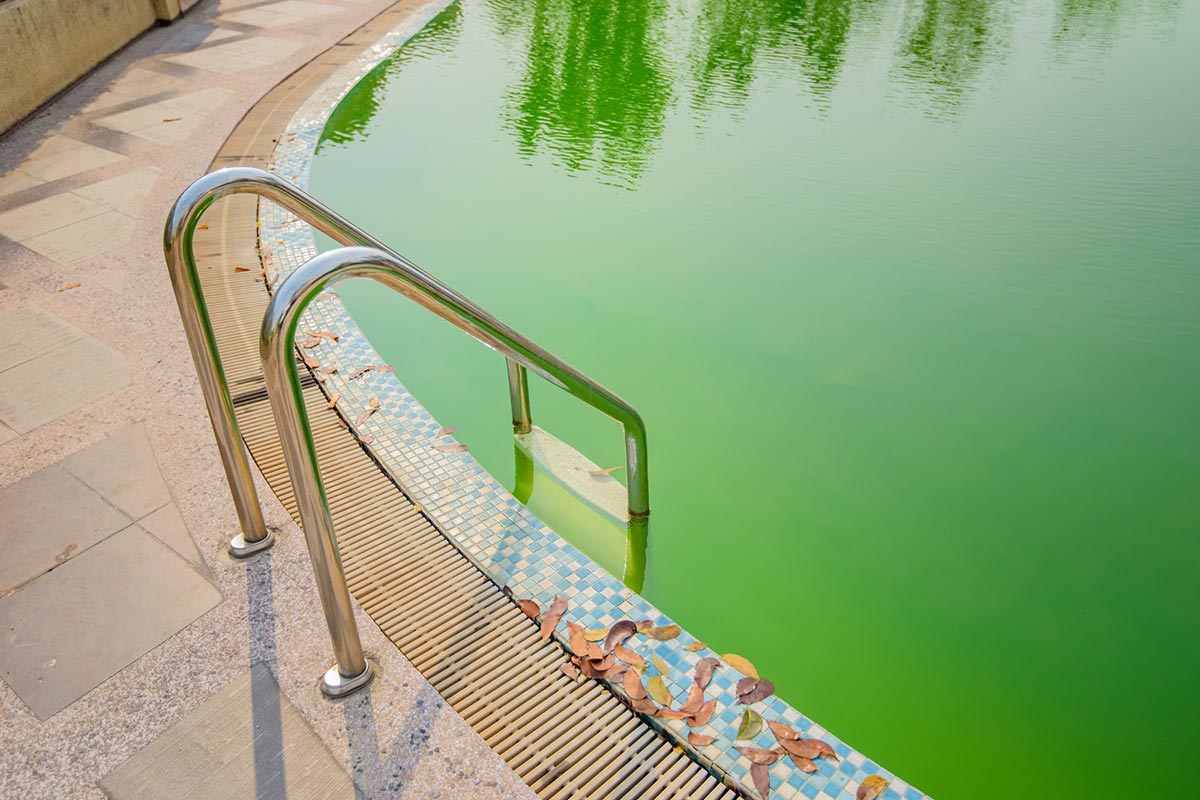Shocking a green pool (usually caused by algae overgrowth) is a powerful way to restore clean, clear water—but it has to be done correctly to be effective and safe.
Here’s a step-by-step guide to shocking a green pool:
🧪 STEP 1: Test the Water
-
Use a test kit or strips to check:
-
pH (ideal: 7.2–7.4 before shocking)
-
Chlorine (will likely be zero or very low)
-
-
Adjust pH if necessary using pH down (muriatic acid or sodium bisulfate).
-
High pH reduces shock effectiveness.
-
🧼 STEP 2: Brush and Skim the Pool
-
Brush walls and floor vigorously to break up algae.
-
Skim debris like leaves, bugs, or dirt.
-
Clean out skimmer and pump baskets.
🧊 STEP 3: Calculate Shock Amount
Use 1 lb of shock per 10,000 gallons for light green water.
For dark green or black water, use 2–3 lbs per 10,000 gallons.
💡 Common shocks:
-
Calcium Hypochlorite (Cal-Hypo) – Most powerful
-
Liquid chlorine (sodium hypochlorite) – Fast and effective
-
Non-chlorine shock (potassium monopersulfate) – Good for maintenance, not algae removal
🚿 STEP 4: Add the Shock
-
Run your pool pump/filter.
-
At dusk or nighttime, pour pre-dissolved shock (if required) slowly around the pool perimeter.
-
For powder: mix in bucket first to prevent bleaching the liner or damaging plaster.
⚠️ Don’t shock during the day—sunlight reduces chlorine effectiveness.
⏱️ STEP 5: Run the Filter Continuously
-
Run for 24–48 hours straight.
-
Backwash or clean filters as needed (they’ll clog with dead algae).
👀 STEP 6: Monitor and Repeat if Needed
-
Retest chlorine in 24 hours.
-
Pool may need multiple shock treatments if it was very green.
-
Continue brushing daily and filtering.
✅ STEP 7: Vacuum to Waste
-
Once algae settles, vacuum debris out to waste (not through filter if possible).
Final Tip:
Once your pool is clear, consider using algaecide and maintaining proper chlorine levels (1–3 ppm) to prevent regrowth.
If you are looking for green pool cleaning services in Ahwatukee Brian’s Pool Care can help!





